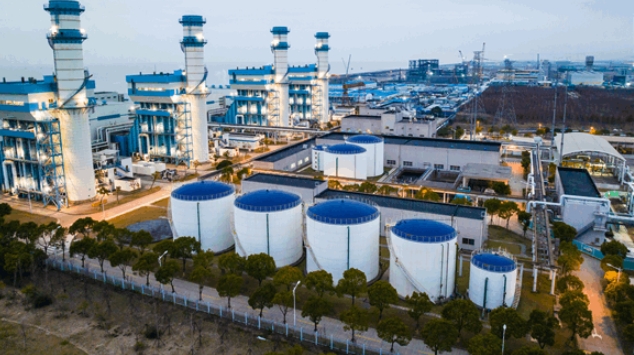
China's natural gas producers are lobbying Beijing to increase the number of power plants that run on the fuel, in a bid to help prop up faltering demand.
According to individuals involved in energy policy advising, the latest industry proposal includes plans to add nearly 70 gigawatts of new gas-fired power generation capacity by 2030. This would represent a nearly 50% increase from the projected capacity for 2025. The proposals are under review as part of the preparation for China’s next five-year plan, which will be formally approved by the National People’s Congress in March 2026. The plan is expected to address key national objectives related to economic growth, energy security, and decarbonization.
China’s natural gas demand has decelerated in recent years. Factors contributing to this slowdown include weaker industrial activity, increased adoption of renewable energy, and sustained coal use. An unusually warm winter and high gas inventories have also led analysts to revise their 2025 liquefied natural gas (LNG) import forecasts downward.
With domestic oil demand also under pressure, natural gas has become a strategic focus for Chinese energy firms. Expanding sales to the power generation sector could help offset declining growth in other areas such as residential heating, where the coal-to-gas transition has largely plateaued due to improved air quality and slower urbanization.
At the same time, China is implementing reforms in its electricity market that emphasize cost efficiency. Although gas-fired electricity is more expensive than solar power—solar energy currently trades at less than half the cost—gas turbines can ramp up output faster than coal or nuclear plants. This flexibility makes gas a potentially valuable component in managing demand fluctuations and ensuring grid stability.
However, challenges to expanding gas use remain. Imported LNG remains significantly more costly than domestic coal or renewable options. Developing domestic unconventional gas sources like shale gas and coalbed methane involves technical difficulties and high costs. Additionally, limitations in gas storage infrastructure hinder the ability to meet peak demand during seasonal surges.
Despite these obstacles, the power sector’s proposal represents a strategic move by natural gas producers to reinforce demand and align with national priorities. The outcome will depend on the evolving balance between energy affordability, reliability, and environmental goals as China finalizes its long-term planning framework.